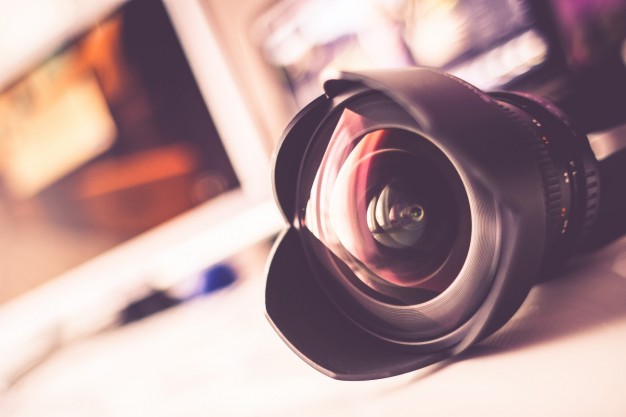The area in an exceedingly photograph, from close to so much, that seems to be in sharp focus known is termed “depth of field” (probably higher called “range of focus”). The laws of sunshine physics and optics dictate this sharply targeted space extends from third the gap ahead of the purpose of focus to common fraction on the far side. To maximize the world in sharp focus: merely choose attention spot third of the means into the scene. Doing this, the front third and also the back common fraction are focused to maximize the variety of sharp focus. (You ought to use your camera’s multi selector button to put your camera’s focus purpose on this spot to preserve your composition.) Focusing here, plus associate degree aperture of f/22, can offer you the widest attainable vary of focus throughout the image. What and the way This image of the oft photographed Moulton barn and Grand Tetons is truly a High Dynamic vary composite of 5 bracketed exposures. it had been shot off a stout stand and ball head by a Nikon D700 camera through a Nikon 70-200mm lens set at 78mm. to maximize the vary of sharp focus, associate degree aperture of f/22 was hand-picked. The D700’s full frame sensing element handles light-weight well; therefore I selected ISO-800 to induce a shutter speed of 1/250. If you're photographing compositions that need depth of field, then you want to focus your camera at the distance to attain the foremost quantity of sharpness for parts within the foreground and background. There area unit copious amounts of knowledge on the net concerning distance, but most sources area unit terribly confusing and delayed in technical jargon. Some sources additionally use obsolete mathematical models that use formulas to reason the distance, and once mistreatment these strategies the calculated distance is inaccurate, leading to photos that area unit mediocre/inadequate at best! I will be able to describe what distance is and the way to properly use this idea within the field to supply cheat photos by getting the best depth of field. The distance is that the nearest distance at that a lens will be targeted whereas keeping objects at eternity so-so sharp; that's, the main target distance with the most depth of field. Once the lens is targeted at this distance, all objects at distances from half the distance bent on eternity are so-so sharp. The thought of distance is straightforward to understand: focus a lens at the distance and everything within the photograph from some close to distance to eternity are sharp. Landscape images area unit typically loving the lens targeted at the distance - close to and distant objects area unit sharp within the photos. The distance is simpler to know once applying globe examples. The strategies I will be able to describe are proven mathematically. Please see notes below for additional data. Also, I actually have verified within the field with my very own camera that the older distance models area unit obsolete. Let's continue with associate degree example. Once upon a time you were in an exceedingly mountain vale, with groves of untamed flowers in bloom. You would like to capture the flowers clean up within the foreground, with the lake behind the sphere of flowers, and also the mountains within the so much distance and on either facet of the vale. You’re standing one.5ft faraway from the flowers, and you would like everything from the flowers to the mountains focused. The focusing distance is one.5ft. Focusing distance is extremely intuitive – by mistreatment machine focus or manual focus, focus the camera on the foremost vital component within the foreground. No matter distance the camera's measuring device indicates = the focusing distance. In our example, concentrate on the flower petals that area unit one.5ft away. Once deed depth of field, ninety fifth of the time you'll select a put attentiveness that's at the terribly bottom of the frame. This is often as a result of we have a tendency to try to induce everything in sharp focus, from front to back. After knowing what the focusing distance is, you would like to consult a special chart that may tell you what aperture to use. This chart will be downloaded here. To use the chart, we want to grasp 2 things. 1) What's the focusing distance? 2) What's the focal distance of the picture you're trying to take? We’ve got already discovered the focusing distance at 1.5ft. To seek out the focal distance, merely look into your lenses and browse what "mm" the barrel is about to. Maybe for the picture within the mountain vale you compose the picture with 16mm focal distance.
Hyperfocal: Vary of Focus


